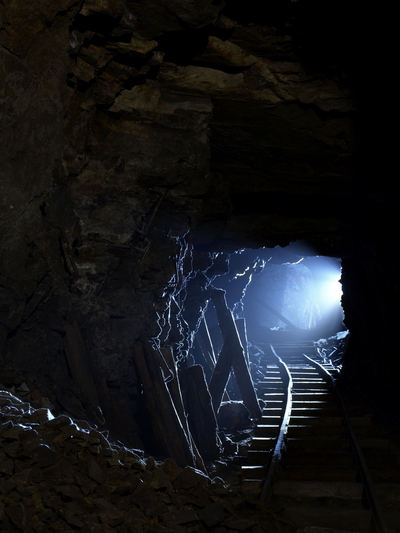Communication critical for underground miners’ safety
Friday, 16 November, 2012
Radio systems are very much part of any mining company’s occupational health and safety. They are critical for communication between underground miners and workers on the surface.
The Beaconsfield mine disaster in 2006 killed one worker and left two trapped under loads of rubble. Without critical communication to the surface, the men spent days underground until rescuers heard their shouts.
If these miners were provided with the proper communication equipment, they might have been heard earlier; however, there are a variety of difficulties related to underground communications.
Radio waves travel by line of sight and radio communication doesn’t work around corners or in confined spaces.

Simon Lewis from PBE Australia (previously Minecom) said leaky feeder cables should be installed in mines to boost coverage.
“A leaky feeder cable can solve this problem by forming a long antenna which is installed throughout the entire mine, providing complete radio communication coverage. Since leaky feeder cables are flexible, there is no problem moving the network around corners and turns,” said Lewis.
Although leaky feeder cables are suitable for improving radio coverage, they can also be used for monitoring and tracking systems.
“A comprehensive yet simple underground communications system with tagging capabilities could help reduce mining accidents and increase the effectiveness of rescue operations,” said Lewis. “The reliability of a communications network could mean the difference between life and death for a miner.”
Other technology introduced in recent times has also helped improve safety of miners. Digital radios can provide the addition of texting and talking capabilities over the one leaky feeder backbone. Unlike using a smartphone, they have a large push-to-talk button that can be located when the user is wearing gloves in a dark environment.
This technology has become quite common, Lewis said. Out of PBE’s recent installations, 80% were digital networks.
Mobile personal emergency devices using RF ID tagging and tracking technologies have also been quite prevalent to improve safety of underground miners, especially those in lone worker situations.
“A tracking tag transmits a unique ID number once per second which is received by any system reader in range and reported to the monitoring and control system. The internal battery is rated for 1 to 2 years of operation before the unit requires replacement,” said Lewis.
By using the latest technology in radio communications, miners are in a better position to notify and be notified in unsafe and hazardous situations. With these systems in place, miners can be located by workers on the surface and can respond quickly to emergencies to avoid tragic circumstances like collapsed mines and tremors.
5G drones deliver live images from emergencies
Timely images allow emergency responders to gain an early impression of the situation and provide...
NZ emergency services approach cyclone season with better comms
Emergency services will face this cyclone season with improved cellular communications...
Triple Zero Custodian Bill passes, as Senate inquiry looms
With an open inquiry into Optus and the Triple Zero ecosystem just days away, new legislation has...



